Masada Fortress: the last stronghold
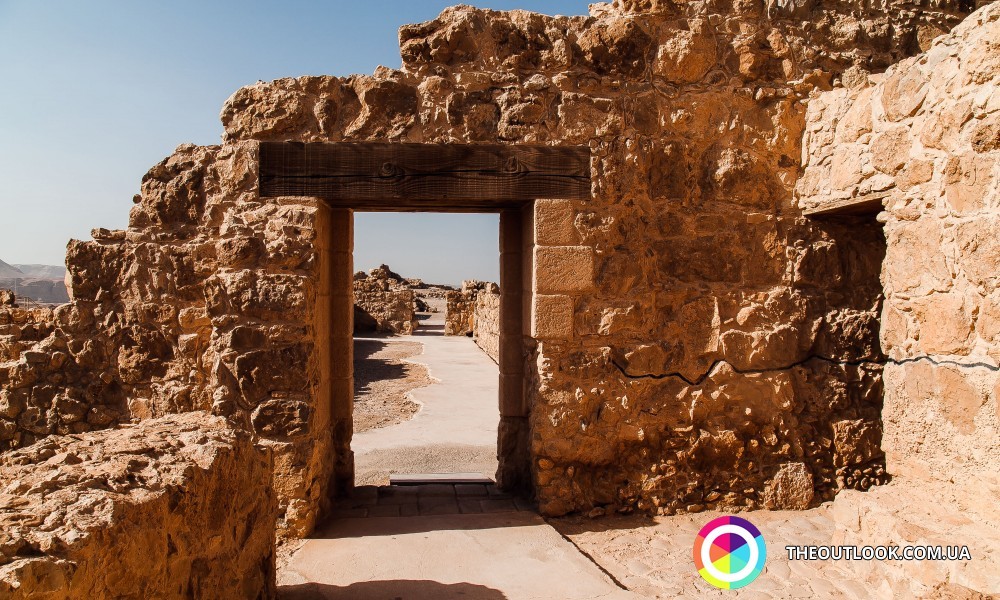
Concentrated in the fortress of Masada, near the Dead Sea, the Jews rebels showed brave resistance to the Romans. Although few people survived, Masada still has emblematic value as a monument to national courage.
The story of Masada survived for future generations in the only written source: a seven-volume chronicle of "The Jewish War" by the Roman-era historian Flavius Josephus who in his young years personally took part in the great Jewish revolt against the Romans. Having watched first-hand how the biggest fortress and the most important values were destroyed, Josephus decided that struggle against Rome was useless and began to persuade his compatriots to surrender. What was that - a grand betrayal or a clever move - everyone decides for himself, but since then Josephus was venerated as a faithful citizen of Rome, he was granted an absolute literary freedom. No wonder that the ancient culture of Israel is now studied by his writings.
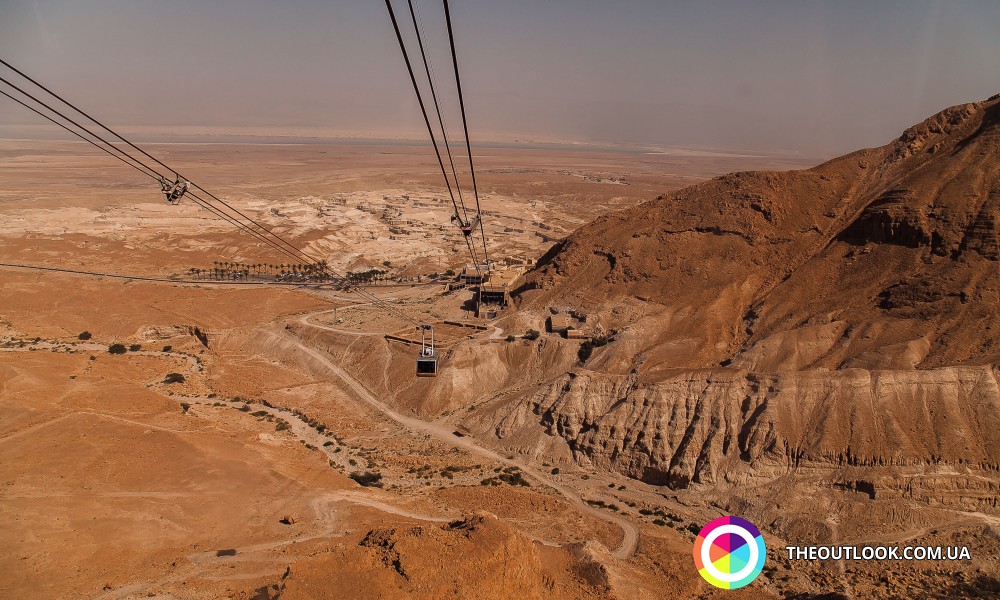
According to Josephus, Masada fortress was erected to serve as the main refuge for King Herod the Great, who built a fence, storages, cut down large rainwater tanks, constructed barracks and armoury. The ruins of Masada still preserve some traces of the former grandeur and sumptuous architecture, mosaic floors with geometric patterns, pictures of fig and pomegranate trees. Herod – a Roman protégé - cared that Jews honoured Roman laws, in every way he tried to please patrons who had given him the throne. So the legend goes, however, historians have questioned its legitimacy. The main proof of the supporters of the ancient Jewish history is coins discovered near Masada, which allegedly belong to the reign of the Hasmonean King Alexander Jannaeus a representative of the dynasty of monarchs who tossed the Greeks out of the territory of Israel.
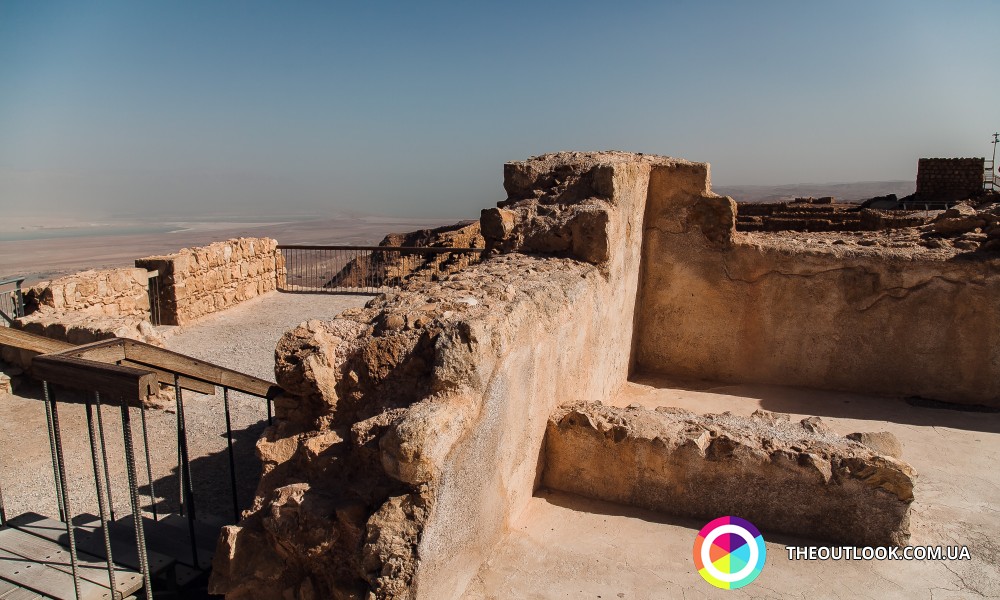
...75 years passed after the death of Herod. The Roman rulers were approaching the treasures hidden behind the walls of Masada; a large part of the temple silver was taken because of the imperial needs. The Jews rebelled. A small group of people who call themselves the Sicarii (for having little curved daggers, called "sica") were hiding in the Masada neighbourhood. After the fall of Jerusalem, the Zealots joined them - a political party that advocated overthrow of the Roman government and was going to defend their own interests by any means. Three years of brave struggle on a rocky plateau - that is how long the freedom fighters managed to hold back 10,000 Roman troops armed with every contemporary siege weapon.
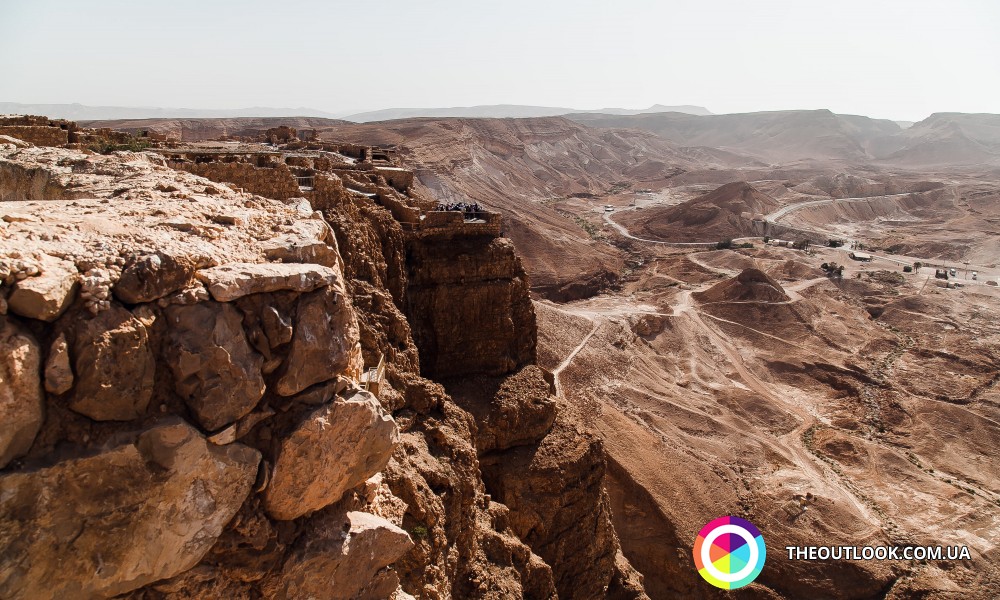
One timid glance at Masada makes you look closely and find nothing unusual: the cliff-top fortress looks pretty much the same as any other mountain in the Judean desert. Outstanding, directing its tip to the sky - it is not about it. Ordinary height, a typical landscape - and the remains of the once luxurious fortress. Nevertheless, this is where you start to feel the greatness and pride of the nation: one of the legends says it was here that surrounded by enemies, no longer believing in a happy outcome, group of besieged and desperate Jews lit bonfires and set each pile afire showing the enemies that would not capture them alive.
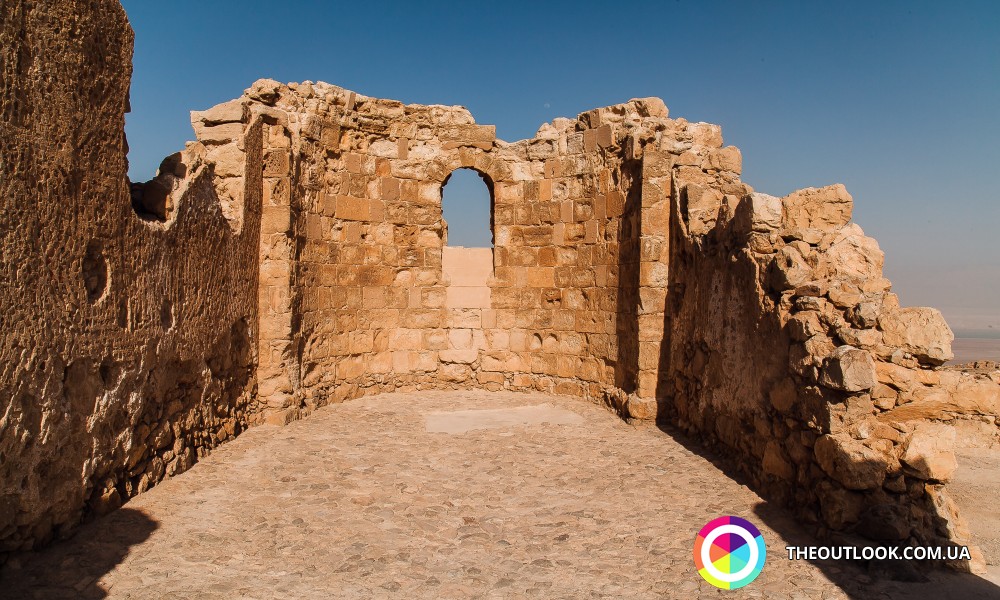
Flavius dramatically recounts the story told him by two surviving women. The defenders under the leadership of Eleazar ben Ya’ir set fire to the castle and killed each other. 960 men, women and children were found dead. The leader Eleazar’s heartrending and moving speech remained in the annals:
"Since we long ago resolved never to be servants to the Romans, nor to any other than to God Himself, Who alone is the true and just Lord of mankind, the time is now come that obliges us to make that resolution true in practice...We were the very first that revolted, and we are the last to fight against them; and I cannot but esteem it as a favour that God has granted us, that it is still in our power to die bravely, and in a state of freedom".
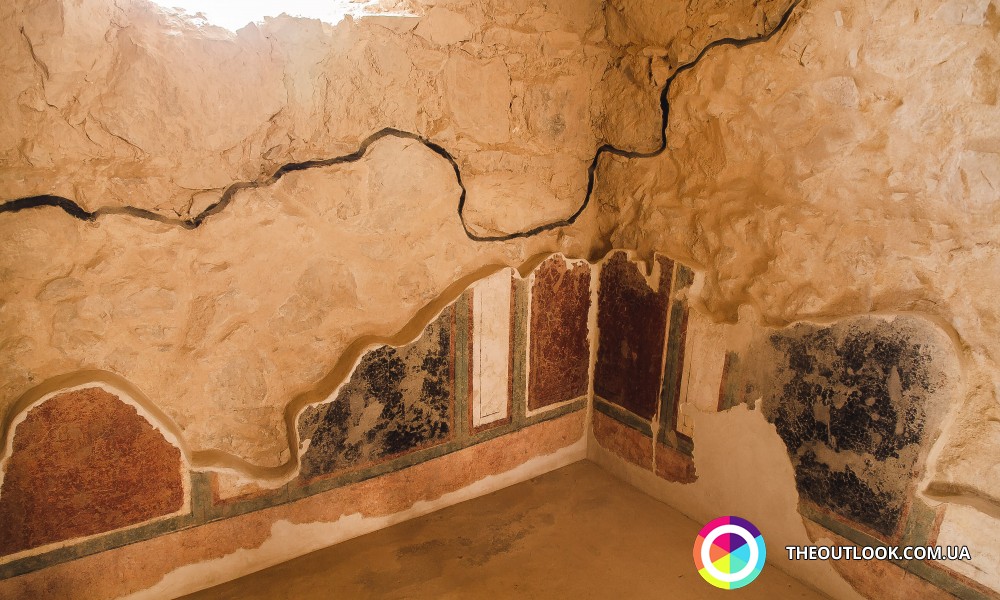
Josephus wrote that the fire engulfed the whole territory, the last survivors burned their belongings and their weapons, leaving food so that the Romans would know that they had died of their own free will and had not perished of hunger.
... After the last rebel drew his last breath, the Roman besiegers occupied the fortress. And many years later, when historians approached this territory, eleven 10 pottery shards were discovered in a room nearby on which were carved the names of the revolt leaders. By the way, so was confirm the existence of ben Ya’ir mentioned by Josephus.
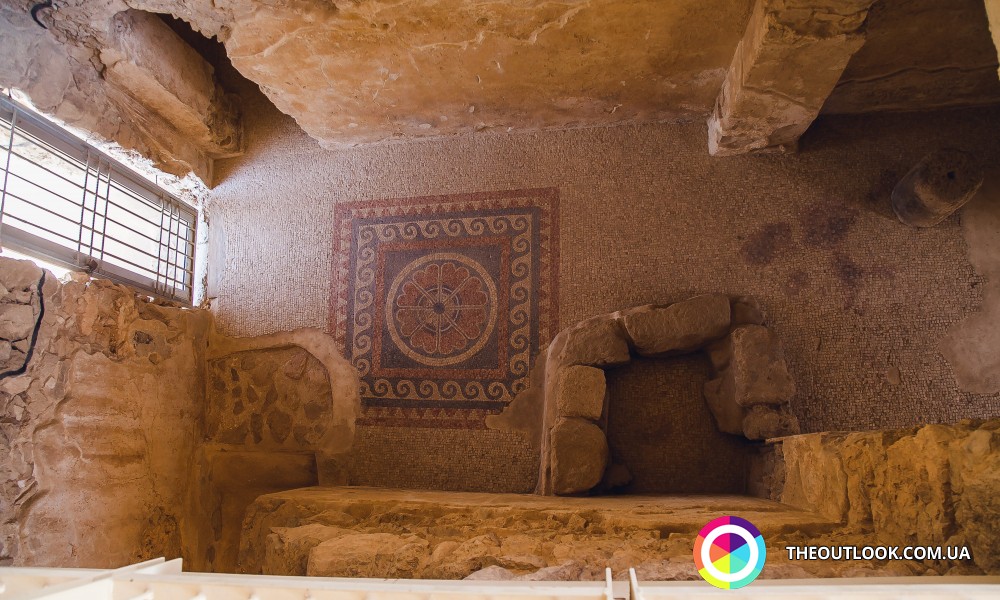
For the first time impregnable Masada let American researchers to come in the 19th century, then Israeli representatives of science got interested in studying it. Years passed, and in 1966 visitors were allowed to the territory of Masada. That time one could get to the top of the mountain on foot only, but a decade later, there came a cable car quickly picking up tourists to the desired height. In 2001, UNESCO included the Masada National Park on the list of the World Cultural Heritage.
Cliffs, painted murals, the King’s favourite lavish bathhouses, the "hanging" Northern palace with its three terraces, the West Palace, where the rebels kept a lot of weapons - such appears a frequently-toured Masada before eyes the modern tourist. Now the castle is breathing with peace, it is no longer propped up by the hostile troops. Only the historical facts remind: there are just a few steps from luxury to the massacre, and how important it is to protect the delicate grandeur of homeland.
Photos by Oleksandr Zadniprianyi exclusively for OUTLOOK





















